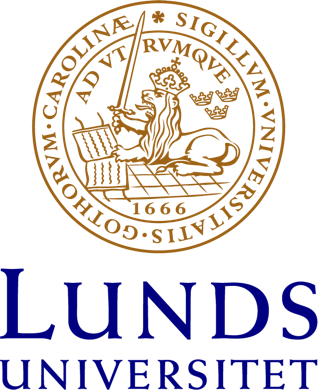Collin Loughlin has defended his PhD-thesis The Unintentional Lecture
Collin Loughlin has defended his PhD-thesis The Unintentional Lecture Collin Loughlin has defended his PhD-thesis The Unintentional Lecture By Annika Diehl - Published 25 February 2025 On Friday 21 February Colin Loughlin defended his thesis 'The Unintentional lecture - The place of large-class teaching in contemporary higher education'. On Friday 21st February the Department of Educational Scienc
https://www.ahu.lu.se/en/article/collin-loughlin-has-defended-his-phd-thesis/ - 2025-07-22
